Chef John Fraser on Re-Opening Ardor at The West Hollywood EDITION
We discuss how playfulness, nostalgia and simplicity all come together at this thriving restaurant
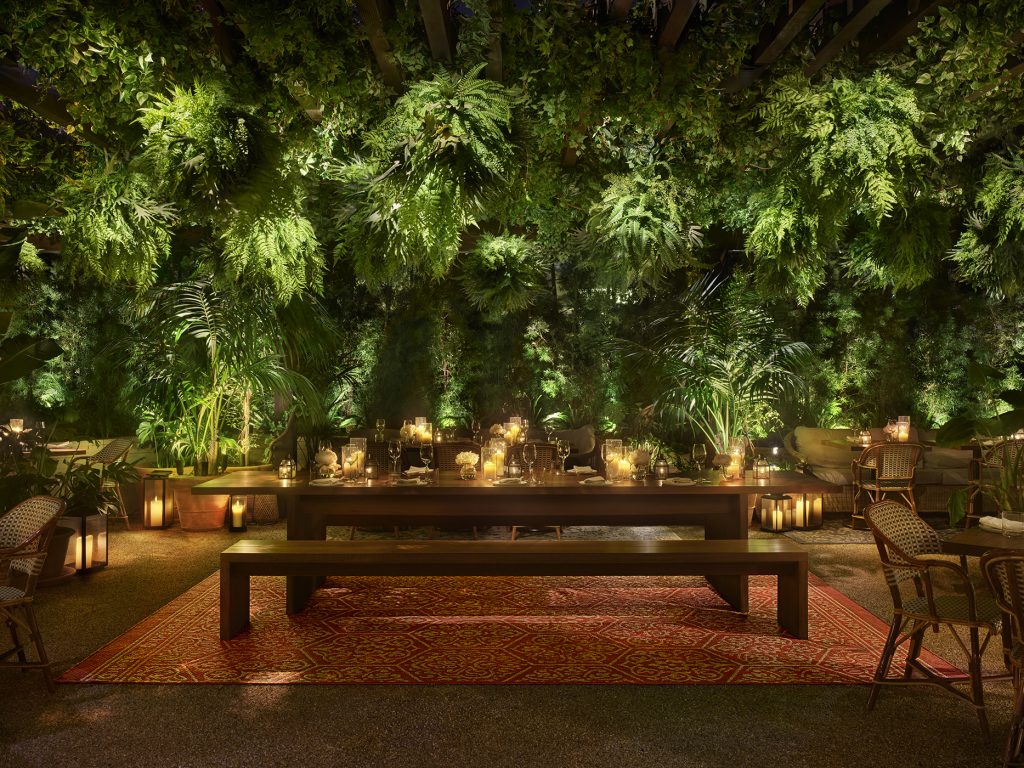
Walking through the front door of Ardor at The West Hollywood EDITION feels akin to stepping into a lush sanctuary, with fresh, verdant greenery filling the space with romance, tranquility—and a sense of expectation. Michelin-starred chef John Fraser recently re-opened Ardor to share a new menu of vegetable-forward dishes made with local produce and inspired by an array of global flavors. Known for making super-fresh vegetables the stars of his dishes, Fraser—a California-native—previously worked in the Napa Valley, New York City and Paris (at The French Laundry, Le Taillevent and Maison Blanche, among others) before opening his own spot, inspired by his Greek heritage, IRIS.
Now sharing his latest creations at Ardor, Fraser includes everything from tandoor carrots and onion rings with umami powder to bass ceviche and orata on the menu, which is meant to reflect contemporary California cuisine blended with inspiration from Southeast Asia, the Mediterranean, Japan and beyond. We spoke with him about how playfulness, nostalgia and simplicity all come together at this thriving restaurant.

A restaurant within a hotel is very different than your own standalone eatery. Can you tell us about working with the team at the EDITION to create Ardor?
I have an incredible relationship with the EDITION team. Ian [Schrager] is a visionary. The ops side and property side are super-supportive and bring that magic to the guest experience every day. I start by trying to understand the inspiration of the property from a space-planning and design standpoint: architecture and interiors, lighting and materiality. The city in which it is and the guest path of travel…zoomed way out.
If we aren’t really bad before we are good, we didn’t take enough risks
From there, it’s an overlay of what I’m excited about and the development of themes across the menus and service points. It’s a collaborative process that requires a lot of testing and tasting. Ultimately if we aren’t really bad before we are good, we didn’t take enough risks. That’s my North Star.
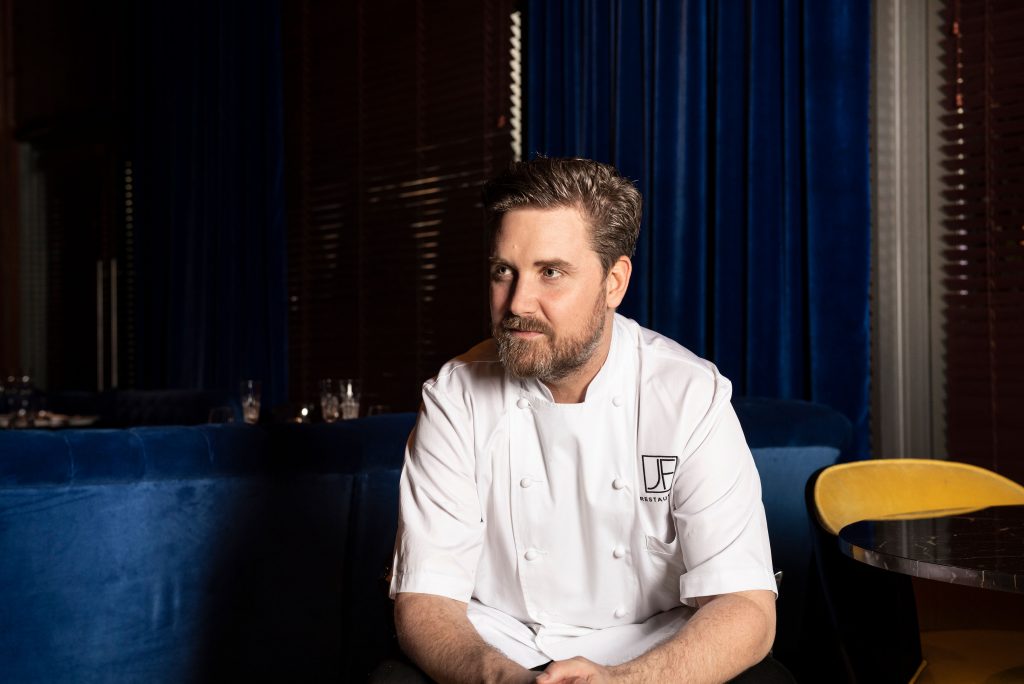
Where did you start when developing the menu for Ardor at The West Hollywood EDITION?
I was born in LA and worked there for a number of years. I feel I have the DNA to communicate effectively there, but I wanted to poke a little fun at the ’90s food culture of LA while bringing a worldly sensibility to the approach. So, the canvas was super-broad. I always like to start with vegetables and seasonality and go from there. The produce in SoCal is incredible.
What are some of the themes in your menu there? What aspects of the menu are specifically Southern California?
Courageous simplicity. Amplification of vegetables. Angular use of acid. Raw whenever possible. Quiet nostalgia. The blurring lines of an LA vs NYC person as a definition caused me to want to blend up the expectation between what belongs here vs there.
One of my favorite dishes on the menu, which is an absolute collaboration, is the dessert pizza. I was constantly made fun of in NYC kitchens about the time in California’s culinary tradition when everything went on a pizza, so we came up with what I believe is one of the best desserts I’ve ever tasted, while having a little fun.
The story is on the plate. The inspirations are sourced from a global perspective as LA is a melting pot, so the menu should reflect that.
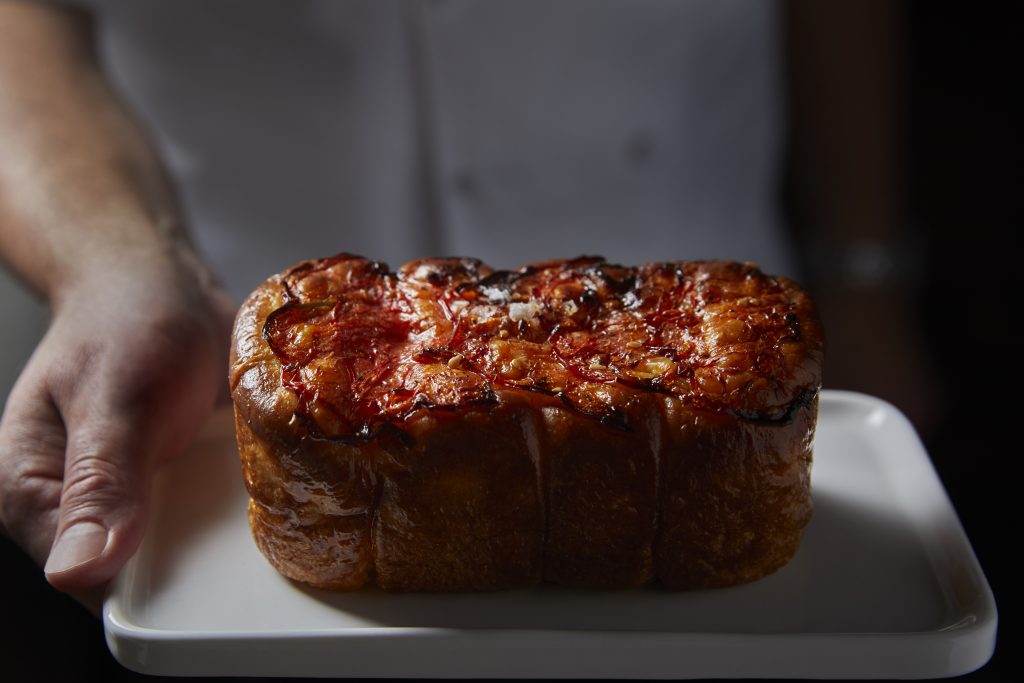
Tell us about the Japanese-inspired milk-bread with tomatoes: how does that dish set the stage for the rest of the menu?
We are very proud of this bread, it’s focaccia and milk-bread having a delicious baby. I like to start with an artisanal made-in-house bread; it sets the tone for the meal. As many people stepped away from gluten, it felt like an opportunity to make a statement rather than having to be everything to everyone, as a dinner roll does.
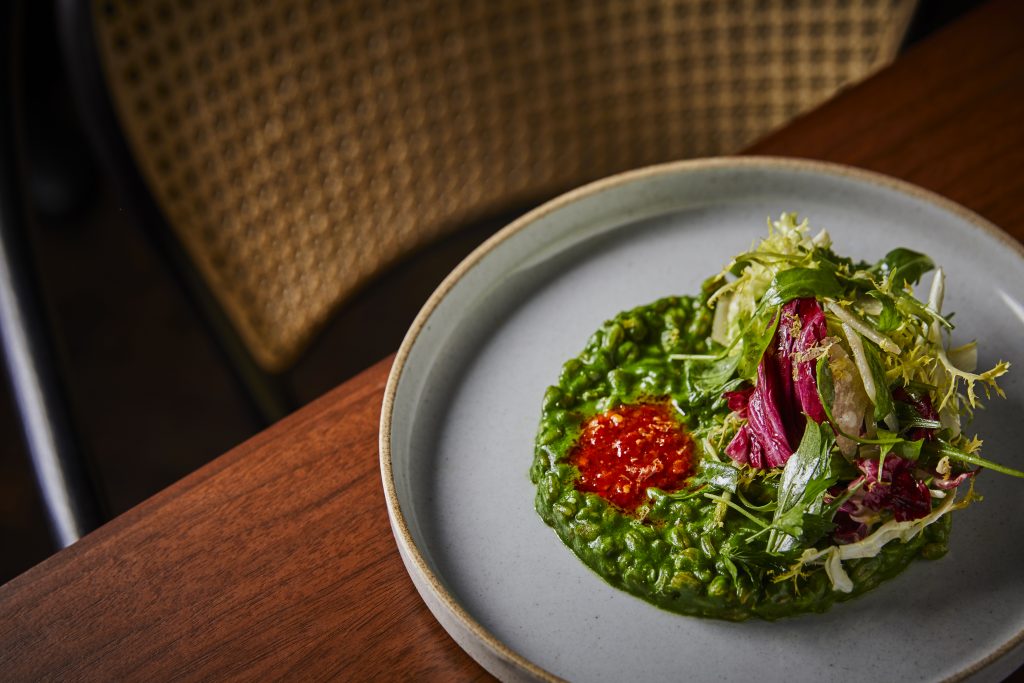
There are, of course, plenty of vegetable dishes on the menu like raw cauliflower cacio e pepe and cedar plank asparagus. What’s your approach to developing exciting vegetable dishes?
Starting first with what month is it and where are we. Seasonality and local farmers are where we start. Composed vegetarian dishes often lack punctuation—the big finish. We try to provide that experience through umami or spice. I do not want to make a vegetable emulate an animal, rather I try to make vegetables taste like the best versions of themselves. It’s a very nimble kitchen and we are always stretching and tweaking the offerings.
The farro risotto with arugula pesto is visually beautiful, but also delicious and healthy—can you tell us about that dish?
This dish uses the risotto technique of developing starch as a way to create a creamy mouthfeel. We overlay with green leaf purée, white veggie purée and cheese. With the development of the starch, we can hang a good amount of cheese and extra virgin olive oil in there—healthy fat! The topping is a chili condiment, bitter leaves and herbs.
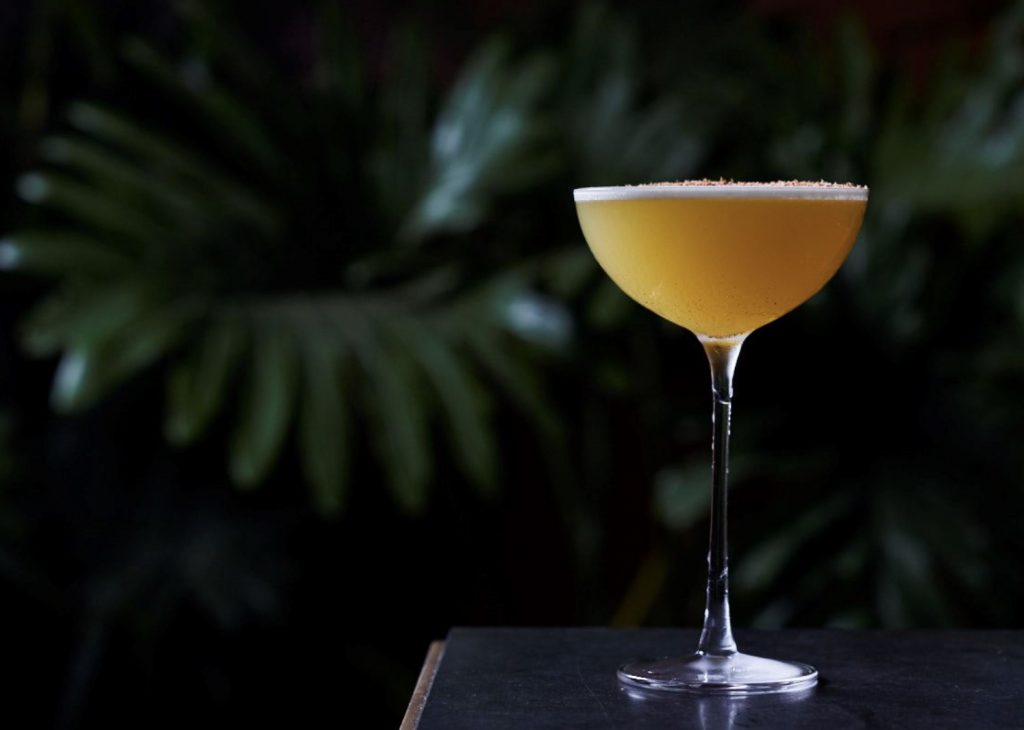
When collaborating on the cocktail menu with Amy Racine, how did you make sure the cocktails complement the food?
We are very careful that it’s a restaurant cocktail menu. The food and style of service need to be considered. We went very playful and disarming by naming the drinks by their color, so we are sort of required to make compelling visuals. But the drinks and meal need to live together.
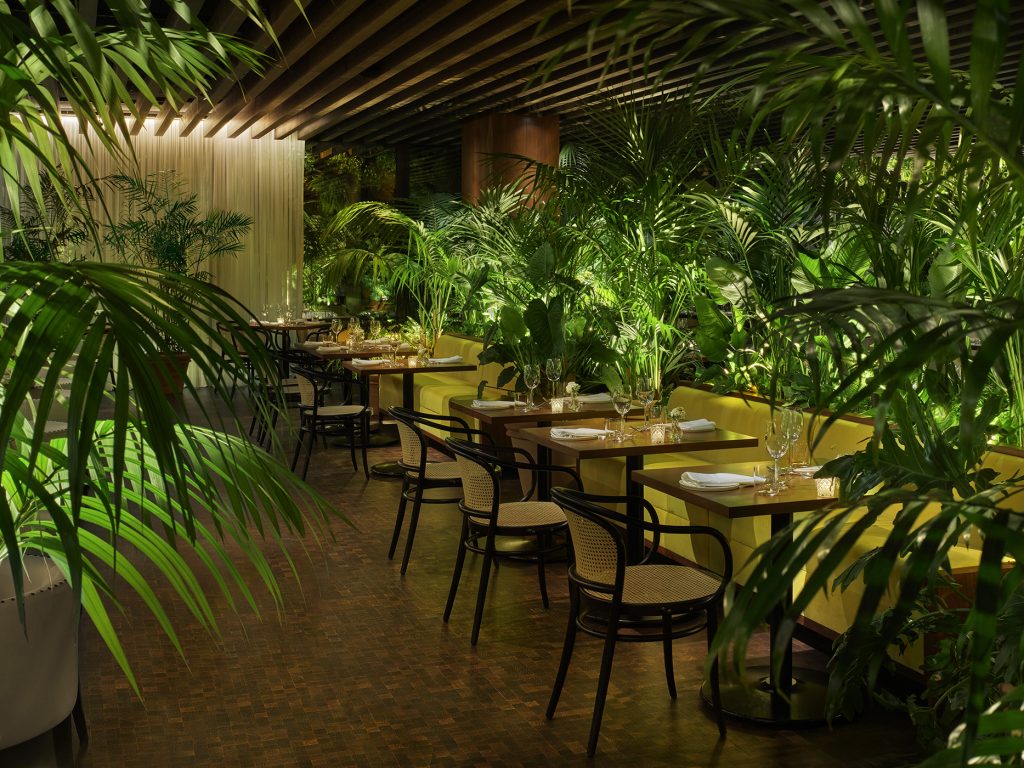
How do you feel about the foliage-filled dining room? With those surroundings, the service and atmosphere, and the food itself—what emotions are you hoping to evoke within diners?
To me, it’s modern, but very warm. So is the style of hospitality and plating. We have edited out all the noise from a food and beverage standpoint in hopes a guest can appreciate the package in full detail.
Images courtesy of The West Hollywood EDITION












